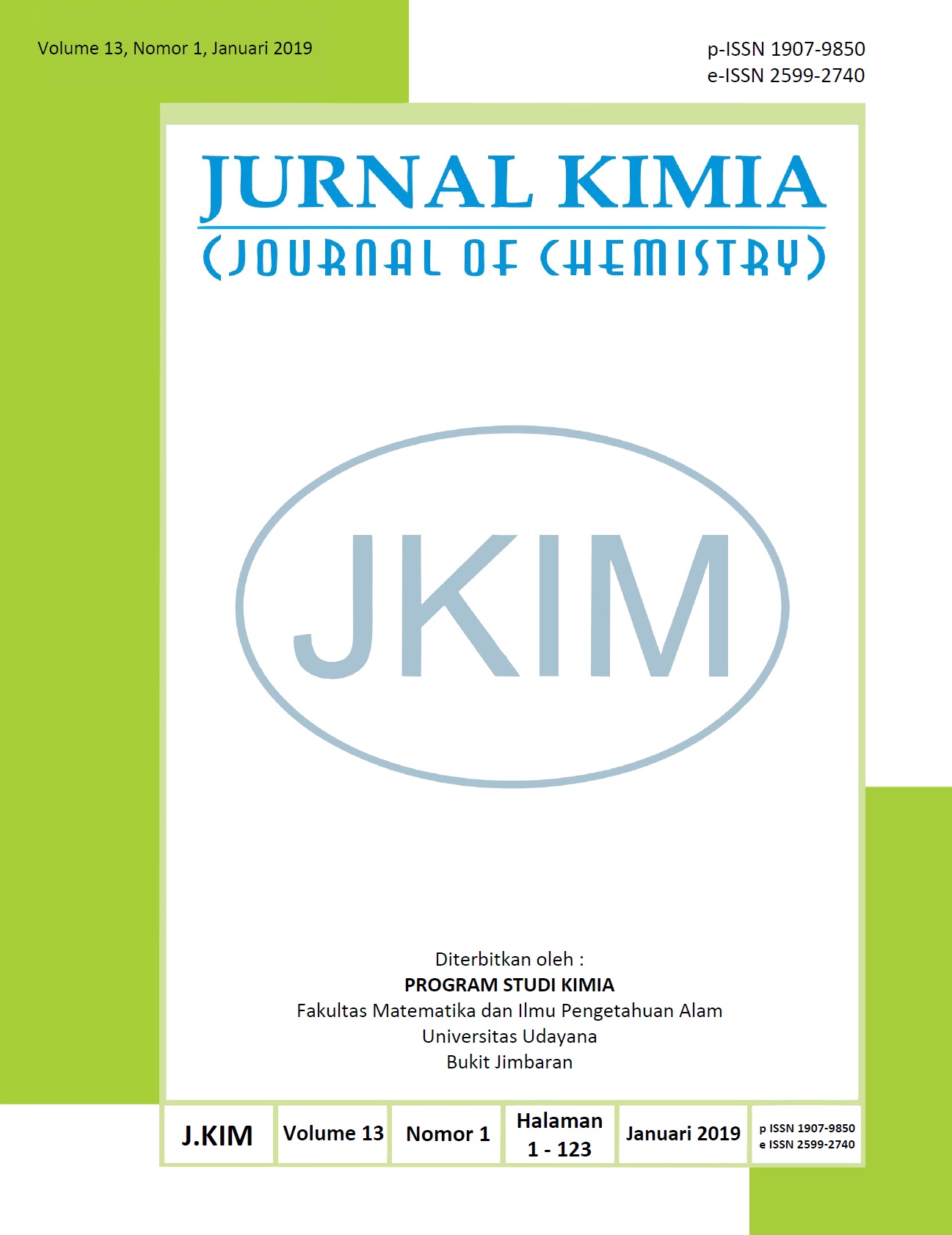STUDI POTENSI SIANIDIN DAN PEONIDIN DARI UBI JALAR UNGU (ipomoea batatas L.) SEBAGAI AGEN DEPIGMENTASI SECARA IN SILICO
Abstract
Hyperpigmentation is caused by enhancement of melanin production that causes skin darkening. Purple sweet potato is one of the plants that is potentially developed as skin depigmentation agent because it contains anthocyanin. The most common types of anthocyanins in purple sweet potato are cyanidin and peonidin which are in vitro proven to be used as skin lightening. The objective of this study is to determine the potential of cyanidin and peonidin as skin depigmentation agent against target protein D-Dopachrome taumerase through in silico molecular docking method. The research steps include the preparation of target protein using Chimera 1.10.1 program, optimization of cyanidine and peonidin 3D structures using Hyperchem 8 program, validation of molecular docking method, and docking of cyanidine and peonidine on target protein using Autodock 4.2 program. The bond energy between cyanidin and peonidin with the target protein D-Dopachrome taumerase are -7.75 kcal / mol and -8.38 kcal / mol. The cyanidin and peonidin bond values ??are smaller than the native ligand, suggesting that the bond between the test compound (cyanidin and peonidin) with the target protein are stronger and more stable than the native ligand, so that the affinity of the test compound was greater than the native ligand. This suggests that the cyanidin and peonidin compounds in purple sweet potato have potential as a depigmentation agent by inhibiting D-Dopachrome taumerase protein.
Downloads

This work is licensed under a Creative Commons Attribution 4.0 International License






